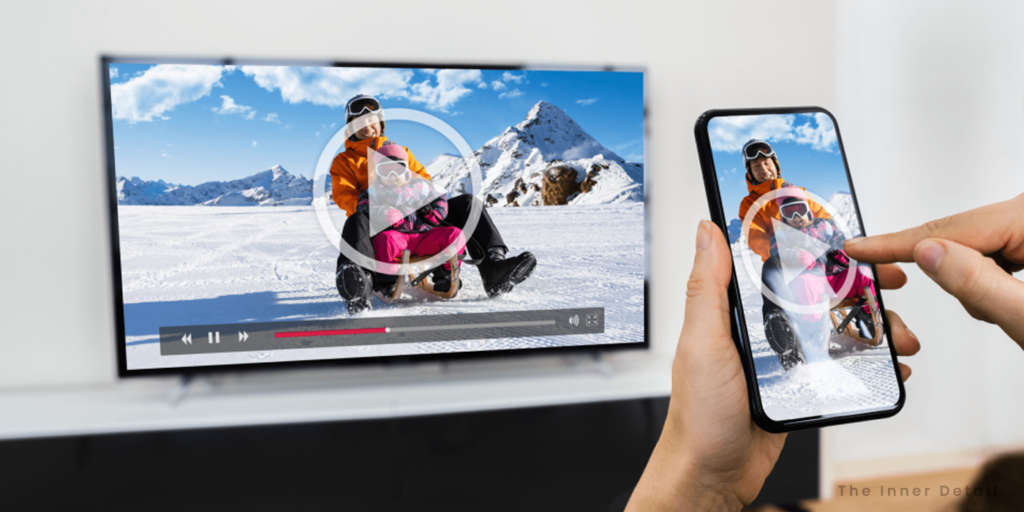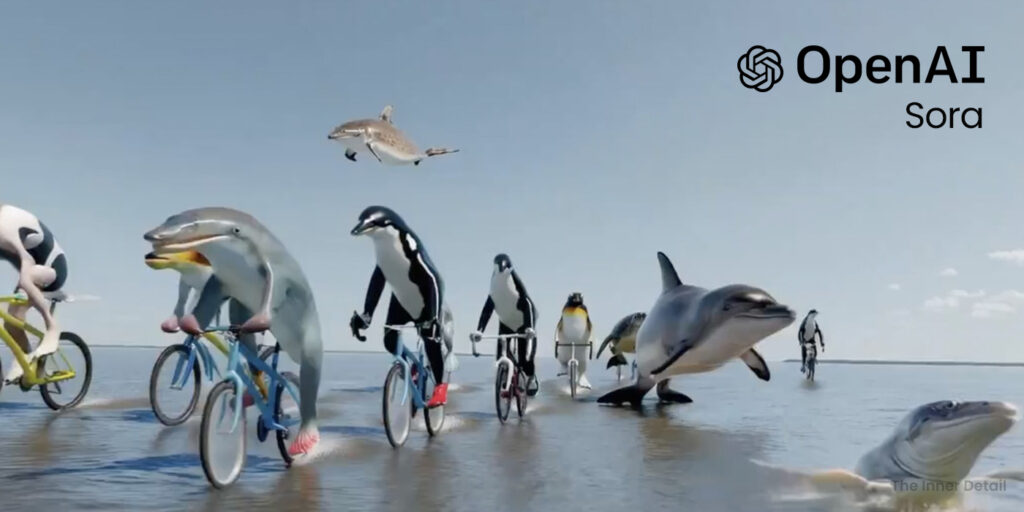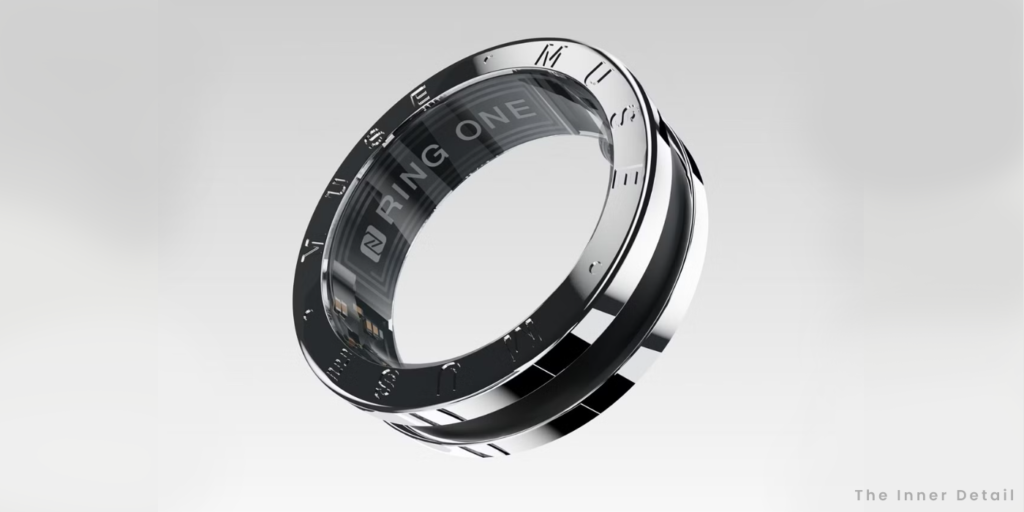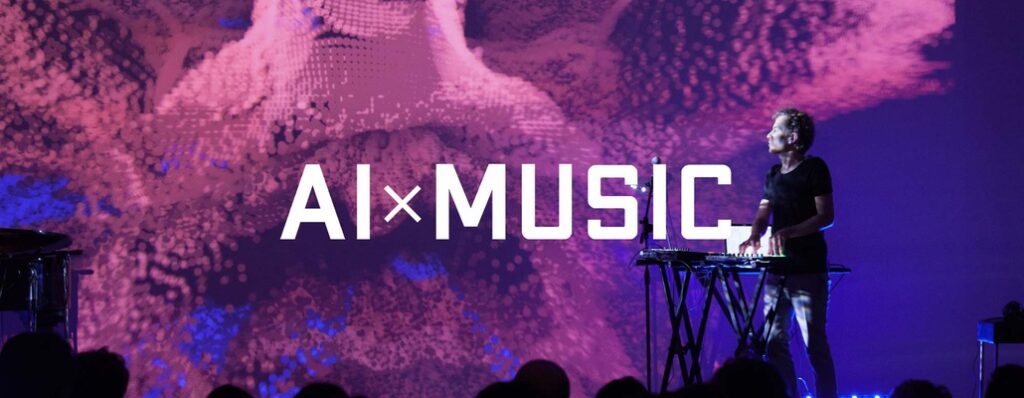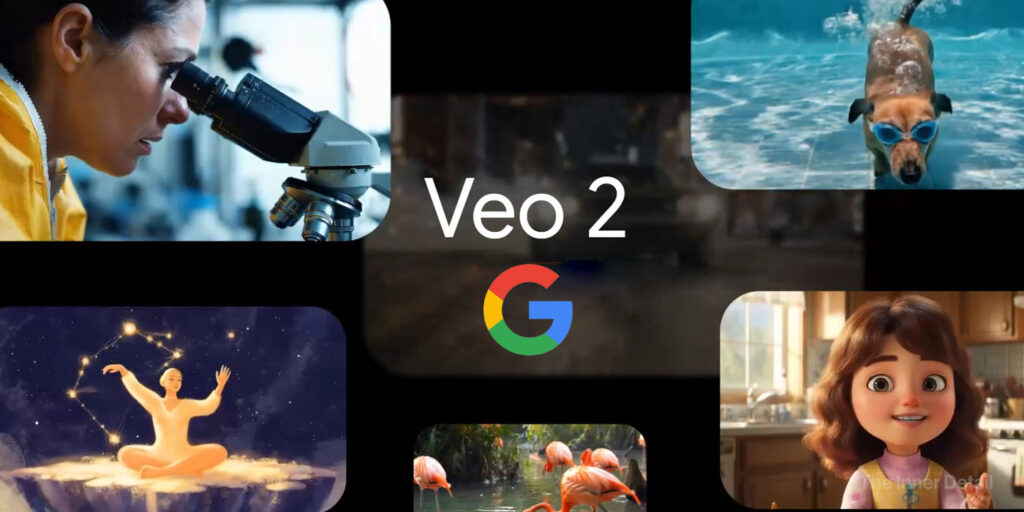Govt of India is in talks with telecom operators to broadcast TV channels directly on mobile phones, called ‘direct to mobile’ tech, without the need of internet.
As smartphone users has outstripped television watchers in this decade, with 800 Mn smartphone users in India, and only 210 – 220 Mn households with TVs, India is trying to have TV channels on mobiles. People started spending more time on mobiles than with TVs, and the government paves way for it by exploring the ‘direct-to-mobile’ technology, developed by IIT Kanpur.
India’s Department of Telecommunications, Ministry of Information & Broadcasting and Indian Institute of Technology (IIT) – Kanpur comes together along with telecom and broadcast industries to cater this technology to people.
What is Direct-to-Mobile Tech?
The new technology called “direct-to-mobile” (D2M) aims to bring TV Channels to smartphones by converging broadband and broadcast, without the use of internet. It is similar to FM radio, where a receiver within the device can tune into radio frequencies. The next version of this, the D2M would beam multimedia content directly to phones.
IIT Kanpur published a whitepaper last year on this D2M broadcast and 5G convergence roadmap for India, partnering with telecom startup Saankhya Labs for hardware requirements.
Also referred to as NexGen Broadcast, it could be considered an extension of content delivery networks (CDNs), allowing seamless integration into the OTT ecosystem and architecture. DTM providers would then leverage the existing CDN ecosystem and edge computing capabilities to deliver a TV viewing experience on mobile.
Pros & Cons
“Once a Direct-to-Mobile network is rolled out, a broadcaster can use such a network as a data pipe and deliver various applications apart from traditional TV, traditional Radio such as educational content, emergency alert system, disaster management updates, video on demand and FOTA (Firmware upgrade over the air for automobiles),” said IIT Kanpur in the paper.
D2M technology will also enable streaming OTT and Video on Demand (VoD) content to smartphone users, allowing them to watch movies and series without exhausting their mobile data. On the other hand, however, telecom operators might oppose this D2M technology as it could impact their data revenue.
The tech will also allow to broadcast video content to people in rural areas with limited or no internet access.
Telecom operators could also decongest mobile spectrum and free up bandwidth, as video traffic can be offloaded from the mobile network. It will help reduce call drops, increase data speeds etc.
IIT Kanpur has set up a three-site live Proof-of-Concept (PoC) using low-power BRHs (Broadcast Radio Heads) on cell towers in Bengaluru to test the same. Successful implementation of the tech will be useful for all smartphone users, whereas TVs would get a hit.
(For more such interesting informational, technology and innovation stuffs, keep reading The Inner Detail).
Kindly add ‘The Inner Detail’ to your Google News Feed by following us!
